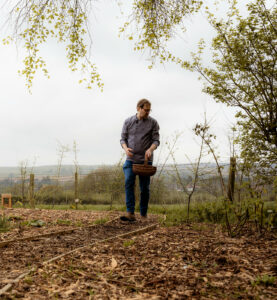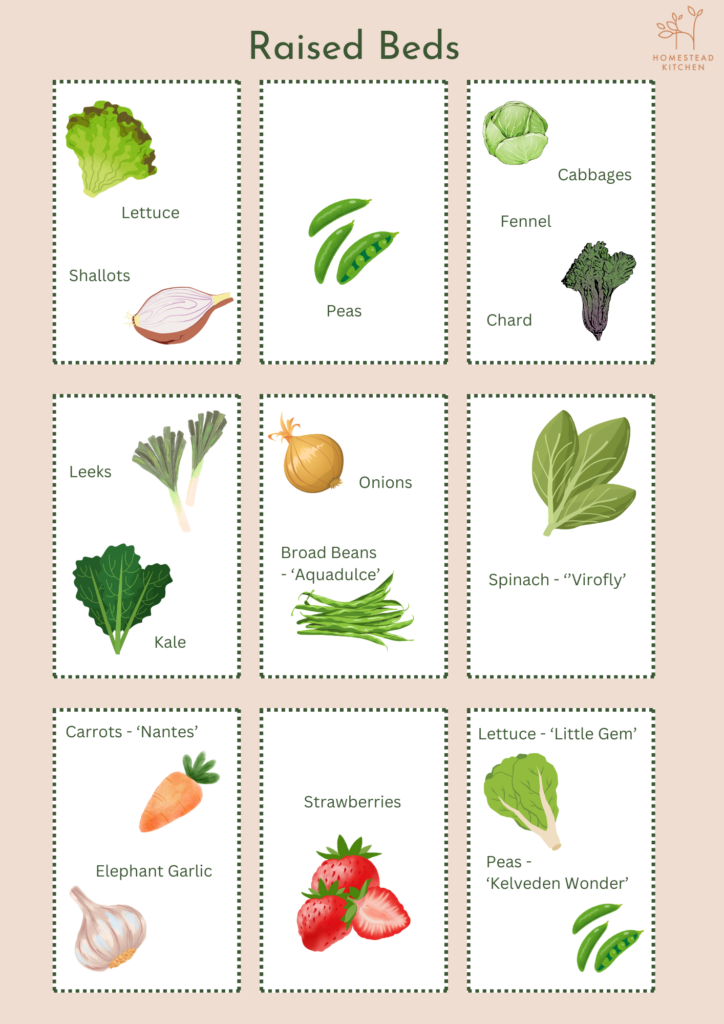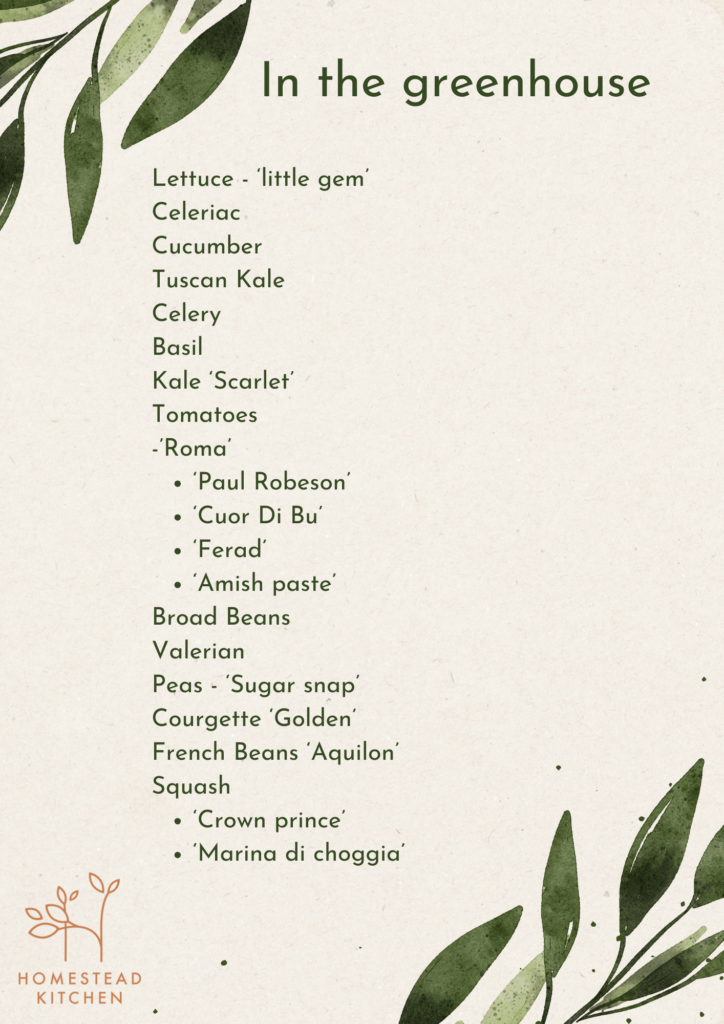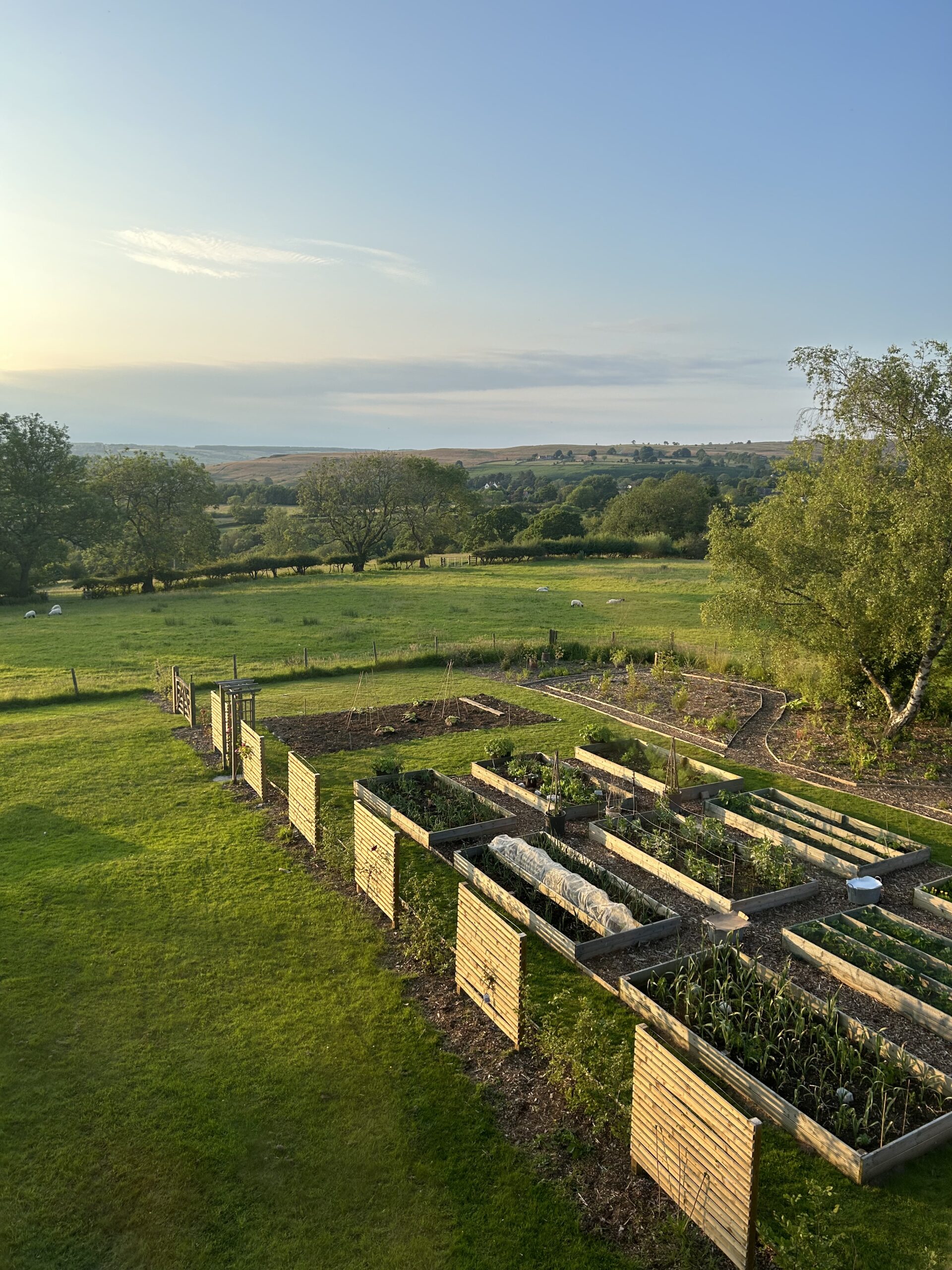This garden update comes from Sarah, who joined us this Spring and has worked tirelessly through *the* most challenging weathers since she started. I have seen her carry on regardless through ankle deep mud, torrential rain, frosts, and now thankfully some sunshine has come our way over the Moors!
“As we rapidly approach the summer solstice (ok note from me, Cecily, it has taken me a week to actually get the blog online, so let’s just pretend you are reading this pre solstice!), it feels timely to take a step back and reflect on how the garden has developed in recent months. We’ve been astounded by the resilience of most plants and their determination to grow. After a long period of relentless heavy rain, gales, and cold with overnight frosts still a recent memory, it’s no surprise that growth has been slow. The very wet weather has left the garden with some extremely boggy spots, which, on heavy clay, made just getting around with the wheelbarrow feel like a mammoth undertaking. At one point, I resorted to tipping endless wheelbarrows of spare sand into one particularly bad spot, where I had slipped and squelched through countless times, to little effect.
Now, we are well into June and enjoying some sunnier and, dare I say, drier days, which have felt transformative. The recent sun, coupled with some wind, has done a remarkable job of quickly drying out the boggy areas. The plants that were struggling are now thriving. The garden is filling out, evolving into the next season. Over the last couple of months, we have enjoyed stunning blossoms, adding a welcome splash of colour, and an influx of pollinators. Noticeably in the last 6-8 weeks, the crops in the raised beds have shot up, doubling, and in some cases, tripling in size which is heartening to see.

As I get used to the garden and working alongside the nature that resides here, I am learning to slow down, observe, and tune into the space. I take time to see what is doing well and likewise what we may need to rethink. This approach means we don’t need to force things to happen or apply pressure to the garden and plants when things aren’t going as planned. Instead, we accept that there will be successes and failures that will inform our planning for the future. We have already had some of our crops succumbing to the environment, becoming a good food source for some of the garden’s inhabitants. We lost almost all of our Greyhound cabbages, despite wrapping them in a cosy bed of wool; the slugs and birds were determined they needed them more than we did. So, we will re-evaluate whether to try them again next year or focus on other crops that have been successful, such as our oriental kale mixes, Little Gem lettuces, garlic, sorrel, and ‘Kelvedon Wonder’ peas.

Image: Ryan Hunter Media
It’s great to see Pete and the team coming into the garden and greenhouse to harvest some of our crops such as kale, chard, mustard, and rocket, as well as a selection of edible flowers growing in our foraging borders like our beautiful primulas. Pete tells us what is working well for them in the kitchen, which helps shape our plans for the garden. We succession sow some of our crops to provide a continuous, fresh supply to the kitchen. This nimble and organic (in every sense) approach makes developing the garden feel exciting to be a part of. We are now looking ahead to the summer season and a new chapter in the garden.”
Here is a little round up of what is growing in the beds at the moment, and what is in the greenhouse. Again, this may be a week or 2 out of date now as they have been working hard to get everything out from the greenhouse and into the warming soil of the raised beds.
We are considering running some gardening workshops over Summer, which would be an opportunity to have access to our kitchen garden, and have some sessions on various topics by our head gardener Jan Hoyland. Please do drop us a comment if this is something you would be interested in.
With warm wishes, Cecily



0 Comments